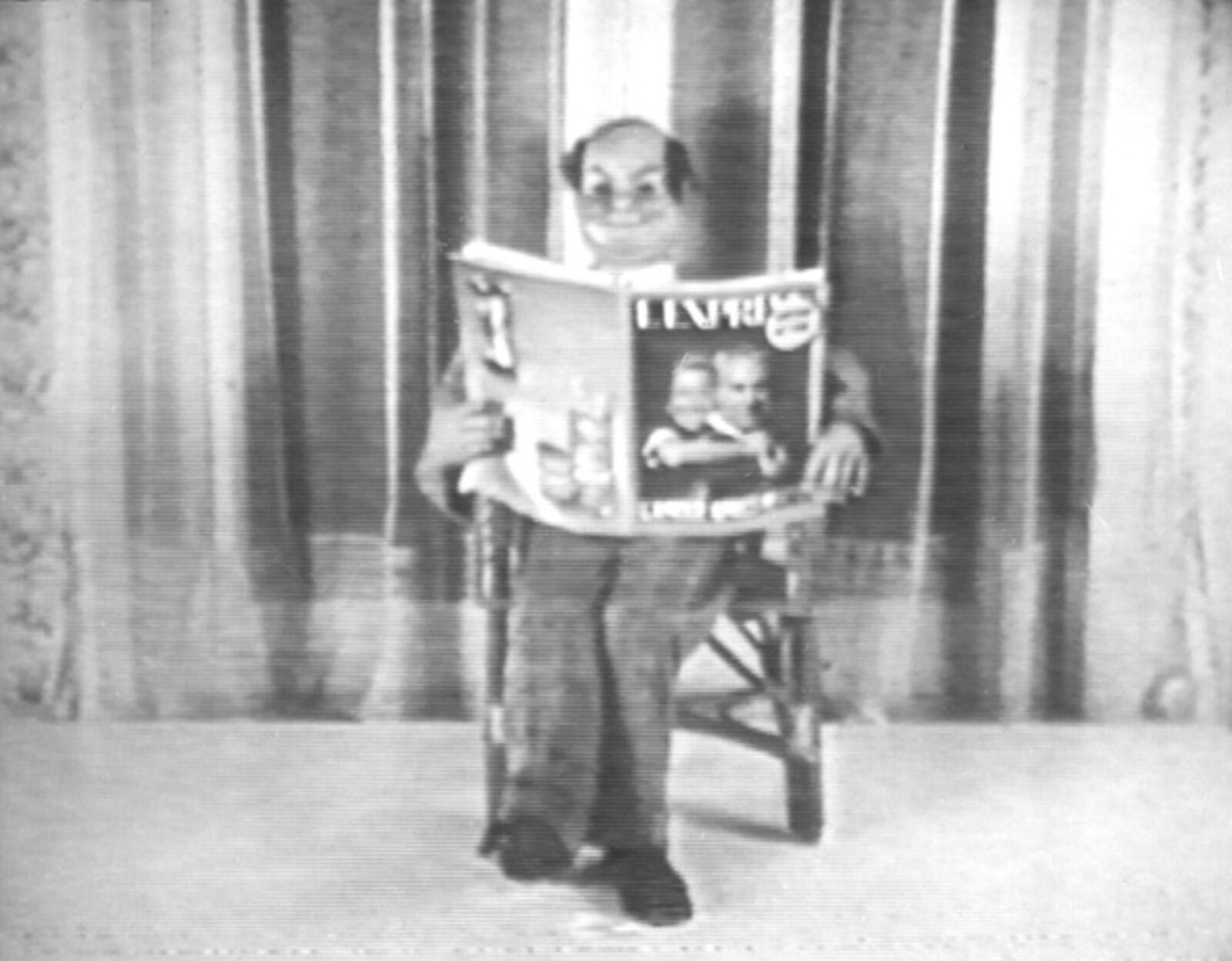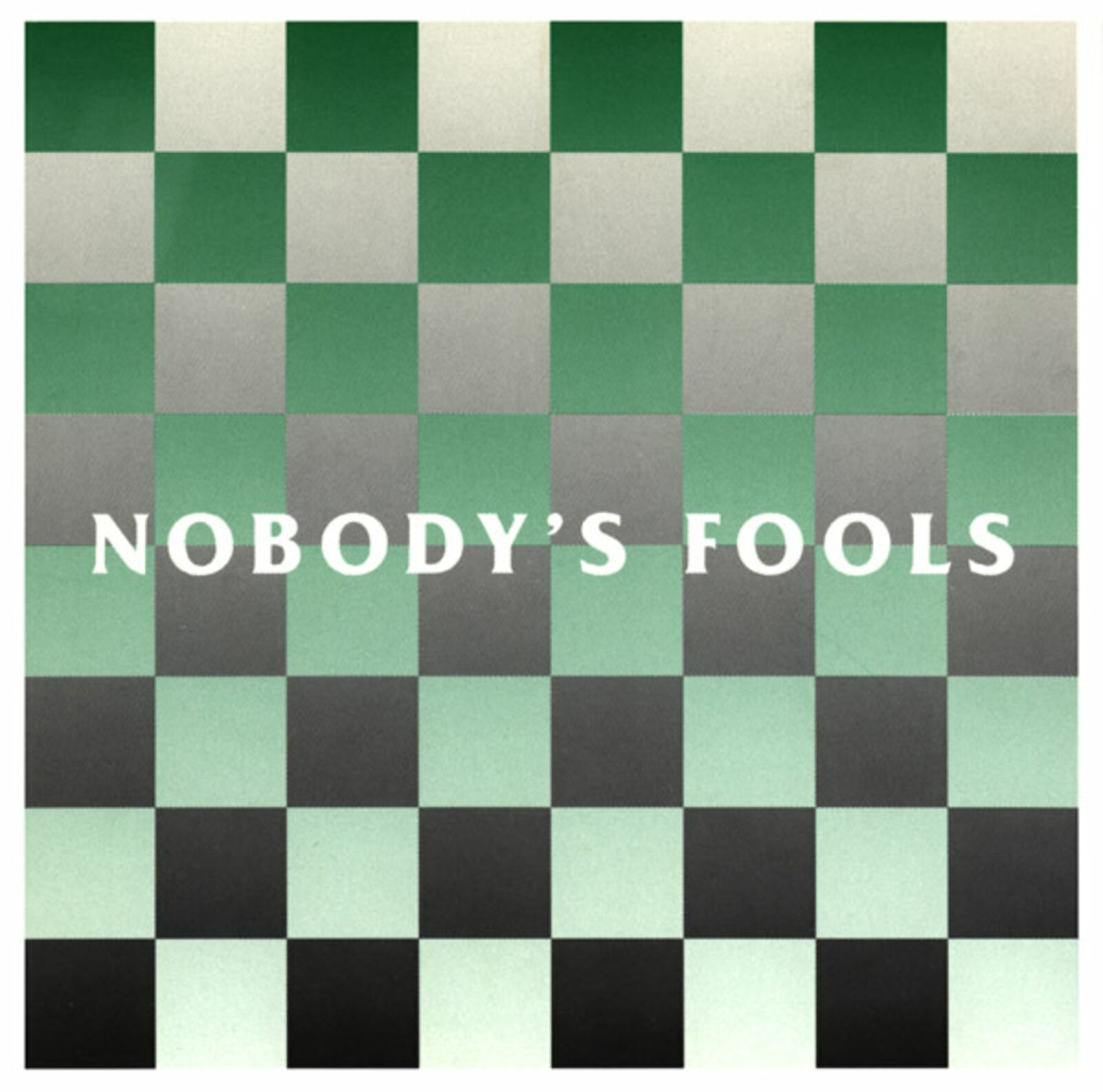Nobody's Fools
11.11–11.12.1988
de Appel, Prinseneiland 7, Amsterdam
de Appel, Prinseneiland 7, Amsterdam

f.l.t.r.: Hans van Houwelingen, Estafette, 1988; Andreas Slominski, Tierfalle, 1987; Pieter Laurens Mol, Zaaikalender, 1987
© Claude Crommelin, Amsterdam
© Claude Crommelin, Amsterdam

f.l.t.r.: Rob Scholte, Mens erger je niet, 1988; Robert Gober, Play Pen, 1986; Hannah Collins, The Plate Spinner, 1988
© Claude Crommelin, Amsterdam
© Claude Crommelin, Amsterdam

Marcel Broodthaers, Monsieur Teste, 1975
© Claude Crommelin, Amsterdam
© Claude Crommelin, Amsterdam

Invitation
‘Why would an artist have a carpet woven with patterns of games like roulette, scrabble or ludo? What would an artist possibly mean when he depicts the hand of a juggler or the tricks of an acrobat? A comparison between an art career and a game of stratego urges itself upon us, but as the relationship between chess and art in Duchamp's case shows, the connection can be also more complex. In 1984 Yves Arman described the analogy between the game Duchamp created for us and the game of chess. 'The name of his game is "Understanding Marcel Duchamp's work", and the rules are simple. We are playing against Duchamp, and to checkmate him we must fully understand his work. The better we know his work, the better we will play. The better we play, the more pleasure the game will give us. Each interpretation of Duchamp's work adds to the complexity and challenge of the game. But in any case, Duchamp is the winner. Duchamp must win, it is his game, the game for which he spent his life contradicting himself, “not to conform to his own taste", as he would say, but perhaps also to avoid the formation of an easily analyzable pattern that could have broken the mystery. He has set us up beautifully! We cannot dismiss the incredible importance of his work, yet we can never be sure of fully understanding it. He would always refuse to comment on the efforts and theories of his critics, historians and analyzers. He probably was very amused by their resourcefulness, and by the fact that unbeknownst to them, their theories were just adding juice to his game. and they were falling right into his most seductive trap.' Nobody's Fools groups a number of artists that have no other common denominator than an attitude full of humor, a distanced view of the art market and a sharp vision of the current situation in the arts. Nobody's Fools will present works by Bruce Nauman, Bertrand Lavier, Rob Scholte, Andreas Slominski, Hannah Collins, John Baldessari and others, as well as many references to the Jesters and Gamblers of former generations.’ (‘Nobody’s Fools’, Newsletter De Appel, 3 (1988) 4.)